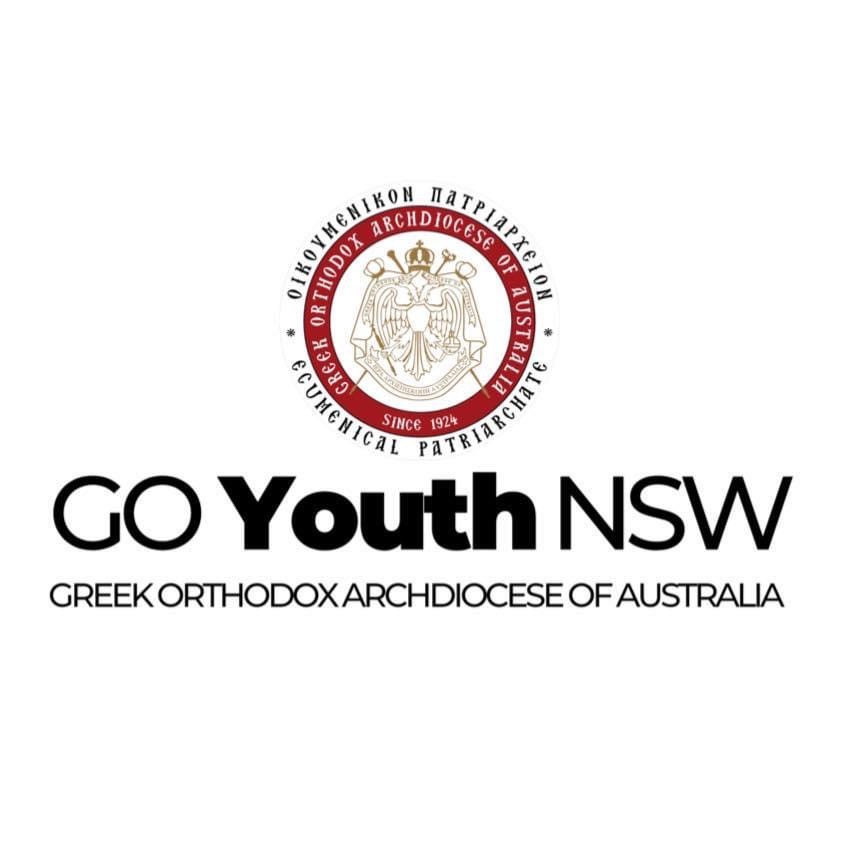The Fathers of the First Council
- Youth Movement | GO Youth

- May 31, 2020
- 4 min read
A tile, fire, clay and water. What do these have to do with what our Church commemorates today? Read on to find out.
In 315, a protopresbyter of the Church of Alexandria named Arius began blaspheming against the Son and Word of God, saying that He is not true God, consubstantial with the Father. Instead, Arius started heresies that Christ is simply a work and creation, separate to the essence and glory of the Father, and that there was a time when He was not.
Alexander, the Archbishop of Alexandria attempted to correct Arius, however, this proved to be in vain, and so Arius was eventually cut off from communion with the Church. In a local council Archbishop Alexander deposed him in the year 321. Yet this didn’t stop Arius from continuing to spread these heretical teachings.
Instead, Arius grew support and followers. He wrote to bishops in other cities and requested his doctrine be examined, and that the correct teaching be declared. In this way, the heresy he was spreading became widely known and won the support of many.
Seeing this division and uproar, and moved by divine zeal, the first Christian Sovereign, Saint Constantine the Great, the equal to the Apostles, called upon the renowned First Ecumenical Council to be held in the city of Nicaea. This was held in the year 325, where many shepherds and teachers of the Church of Christ gathered from all regions in the year 325.
What happened at the Council?
At this historically significant Council, all with one mouth and one voice, declared that the Son and Word of God is one in essence with the Father, true God of true God. One of the holy Fathers who attended was St Spyridon.
Although St Spyridon was not formerly educated, he was able to speak against the heresies and rhetoric being used, and moved by the Holy Spirit, proclaimed, «There is only one God, Creator of heaven and earth. He created the heavenly Powers, made man from clay and created simultaneously all things visible and invisible. It was by His Word and His Spirit that heaven and earth were created, the sea flew out, the firmament stretched out, the animals were born, man was created, the most beautiful of His creatures. All the stars were created, the sun and the moon, night, day and all the rest. We know, then, that the Word is the Son of God and God Himself. We believe that, for us, He was born of the Virgin, was crucified and buried. Then he rose and raised us with Him, granting us incorruptible and immortal life. We assert that He will come a second time to judge all people and examine our own works, words and thoughts. He is of the same essence (homoousios) as the Father, equal in dignity, and reigns with Him.
After these words, the Saint took a tile in his left hand and held it tight. At this moment a miracle took place- Fire rose up immediately in the air, water poured out through his hands onto the earth, and the argyle of the clay remained in the hands of the Saint, symbolising in this way the life giving and indivisible Trinity!
Hence, they composed the holy Symbol of Faith, the Nicene Creed (up to the seventh article), which we say during the Divine Liturgy each Sunday. The remainder of the article was completed by the Second Ecumenical Council later on. They anathematised the impious Arius of heretical belief, and those of like mind with him, and cut them off from the body of the Church.
Today we recognise the divine Fathers as heralds of the Faith after the divine Apostles, who fought to preserve the truth of God and His Word.We are thankful to the Church Fathers, and give glory to God for the preservation and strengthening of the true Faith.
What does this mean for me?
Today’s commemoration can prompt us to self- reflect about how much we really know about our faith? We may have been born into the Orthodox faith, but how much do we really know about it; or why is it we practice the things we do, passed down from our grandparents?
With such spiritual and historical richness and meaning, and after so many have fought to preserve our Orthodox faith, today’s reading may move us to take up the challenge and enrich ourselves a little further into what it’s really about.

Apolytikion of Fathers of the 1st Council
Plagal of the Fourth Tone
You are greatly glorified, O Christ our God, who established our Fathers as luminaries upon the earth, and through them led us all to the true Faith. O Most compassionate, glory to You.
Kontakion of Fathers of the 1st Council
Plagal of the Fourth Tone
The Church was strengthened into one faith through the preaching of the Apostles and the doctrines of the Fathers. The Church is robed in truth woven of the word of God from above. It teaches truth, and glorifies the great mystery of faith.
Sources:
Orthodoxword.wordpress.com
Greek Orthodox Archdiocese of America website





Comments